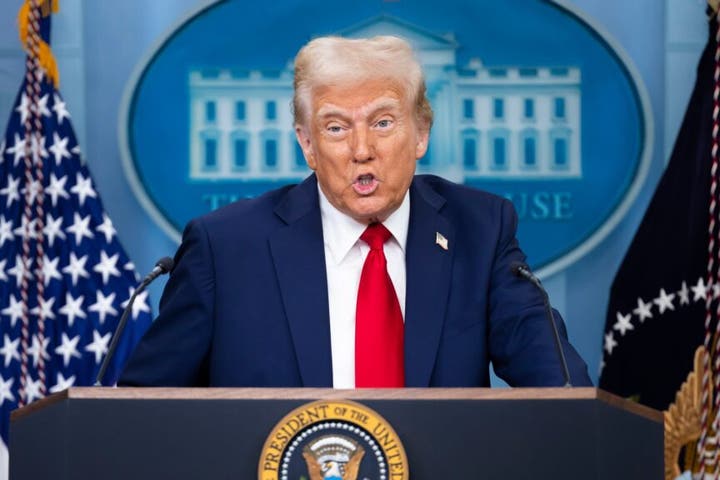
President Donald Trump's relentless criticism of Federal Reserve Chair Jerome Powell is a calculated move to weaken the U.S. dollar, according to Ed Yardeni, president of Yardeni Research.
What Happened: Trump's attacks on Powell aim to pressure the Fed chair into cutting interest rates or resigning, allowing Trump to appoint a loyalist who would cut interest rates faster. This comes as he wants to devalue the dollar to boost U.S. exports and curb imports.
"Pounding Powell = Pounding the Dollar," Yardeni noted in his QuickTakes newsletter, highlighting Trump's strategy to achieve a weaker currency.
Yardeni explains that Trump has long favored a weaker dollar, and his current tactics target Powell's reluctance to lower the federal funds rate swiftly.
Powell's term as Fed chair ends May 15, 2026, but he could remain a Fed governor until Jan. 31, 2028.
However, with Fed Governor Adriana D. Kugler's term expiring Jan. 31, 2026, Trump could appoint an outsider like Treasury Secretary Scott Bessent, who has openly lobbied for the role.
Bessent previously suggested a "shadow Fed chair" to undermine Powell's influence, an idea Yardeni called "terrible" for creating "market noise."
Despite Trump's pressure, Powell emphasized that any rate cut at the July 29-30 Federal Open Market Committee meeting would be data-dependent. However, any new Fed chair would need to persuade the 11 other FOMC voting members to align with their policy, a challenge that could temper Trump's ambitions.
See Also: Dollar’s Biggest Crash In Decades: These 7 Stocks Could Win Big
Why It Matters: According to TradingView data, the U.S. Dollar Index Spot has fallen by 10.85% on a year-to-date basis.
With this YTD performance, the dollar has logged its worst first-half performance since 1991, marking five straight months of declines, a streak not seen since 2017.
Chatham House expert David Lubin, in a note from April, explained that this “policy push” from Trump‘s administration aims to weaken the dollar permanently against other currencies, hoping to reduce the trade deficit and attract manufacturers to the U.S.
However, Lubin strongly cautioned against this approach, arguing that “If the international monetary system cannot rely on the dollar's full convertibility, or its availability in a crisis, it is entering unknown territory.”
“Undermining the dollar's global status would not only transmit huge amounts of additional uncertainty to the global economy, but would be a needless act of self-harm for the U.S.,” he added.
Price Action: After hitting fresh records on Friday and Monday, on Tuesday, the SPDR S&P 500 ETF Trust (NYSE:SPY) and Invesco QQQ Trust ETF (NASDAQ:QQQ), which track the S&P 500 index and Nasdaq 100 index, respectively, ended lower. The SPY was down 0.032% at $617.65, while the QQQ declined 0.84% to $546.99, according to Benzinga Pro data.
On Wednesday, the futures of the S&P 500, Dow Jones, and Nasdaq 100 indices were trading higher.
Read Next:
Photo courtesy: Shutterstock







